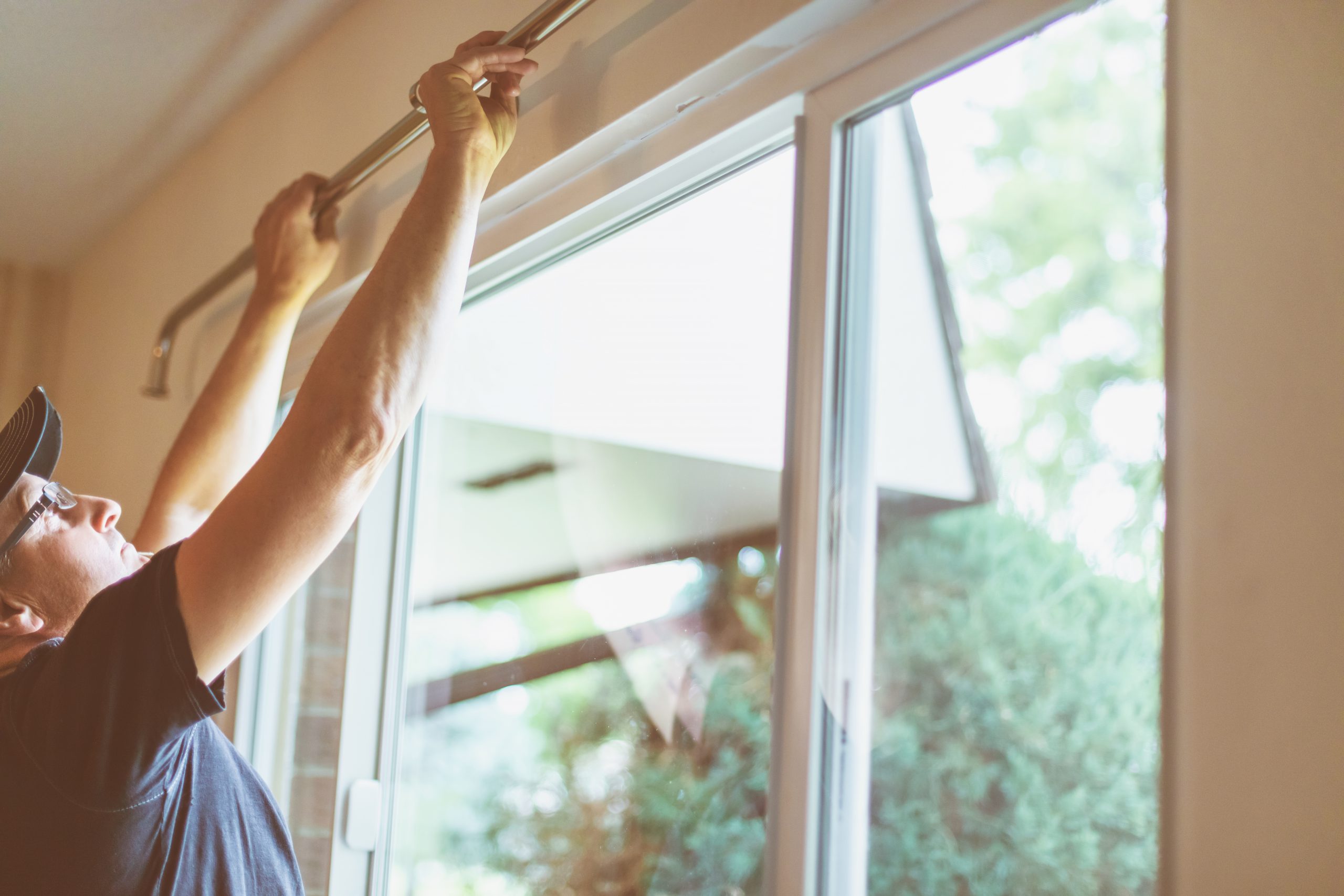
It’s incredible to think that Americans spend more than $300 billion every year on upgrades, repairs and maintenance of their homes.
This estimate from Harvard comes in a report in which three-quarters of the homeowners quizzed said they’d felt a sense of accomplishment from their projects.
As an experienced local agent, I believe there’s never been a better time to invest in your home.
The real estate market is on a bull run right now, delivering tremendous sales results for owners who have put their property on the market.
The Harvard study found that owners were most anxious about their remodeling efforts at the beginning of the project. So, I’ve put together some guidelines to help reduce any stress levels as you prepare for a DIY endeavor.
In the meantime, if I can help you sell your property, or find your next dream home, please do not hesitate to contact me.
- Stay within your skill level
One of the biggest mistakes homeowners make is to overestimate their own ability to get the job done. Don’t attempt a project that you might have to abandon because you don’t have the necessary knowledge. It doesn’t matter how many YouTube videos you watch, some tasks require a professional.
Unless you have the expertise, I’d recommend against taking on any project that involves the structural integrity of the building. Focus on high-impact, cosmetic enhancements that will capture buyer attention when you are ready to sell. - Don’t DIY everything
It’s relatively easy to recognize a home that has been the subject of DIY projects rather than improved by licensed contractors. There is such a thing as too much “do-it-yourself” improvement. Unless you’re in the building game, employ professionals for the bigger projects, otherwise the value of your home could suffer because of your workmanship. - Don’t assume a return on investment
There’s a common assumption that you’ll always make a profit from spending money on home improvement. That’s not always the case. When you sell, it will be impossible to be sure your asking price was achieved because of a particular upgrade. Before deciding to remodel, consult an agent such as myself, and check out other homes in the neighborhood to see what today’s buyers value. - Best presents come in small packages
Small, incremental improvements to your home can mount up after a while. Something so simple as replacing your front door and painting it a fashionable black gloss or primary color can lift your home’s appeal. Similarly, new external light fittings and some attractive landscaping will also make a significant impact. Equally, staying on top of small jobs before they become big can really enhance the value of your home. - Think about investing in technology
Most home improvements focus on traditional areas such as the kitchen, bathroom or an outdoor entertaining area. But you will also impress prospective buyers by installing hi-tech solutions for security, smart lighting, temperature control and home entertainment. - Create a budget and stick to it
Assess the cost of materials and any additional labor you may wish to employ. If you find this a problematic exercise, then it is probably best to seek quotes from a minimum of three contractors. Keep your brief consistent, or you’ll not be able to compare the responses accurately.
Your budget should ensure you purchase only the materials you can afford. If costs spiral, you can use your budget to make the appropriate cost-cutting. Research shows that if you don’t create a budget, it’ll cost you at least an additional 30% of the total project cost. - Avoid the nightmare of running out of money
Unless you’re using cash flow, arrange a loan for the project. Make sure you have a sufficient line of credit with your lender so you don’t run out of money midway through the project.
